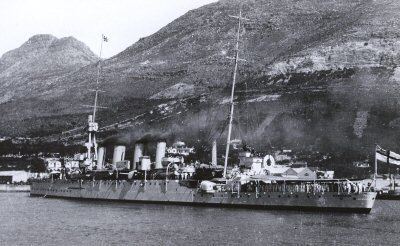Laid down 10 June 1912 Construction started 10 June 1912 Length 139 m | Namesake Birmingham Commissioned February 1914 Launched 7 May 1913 Draft 4.8 m | |
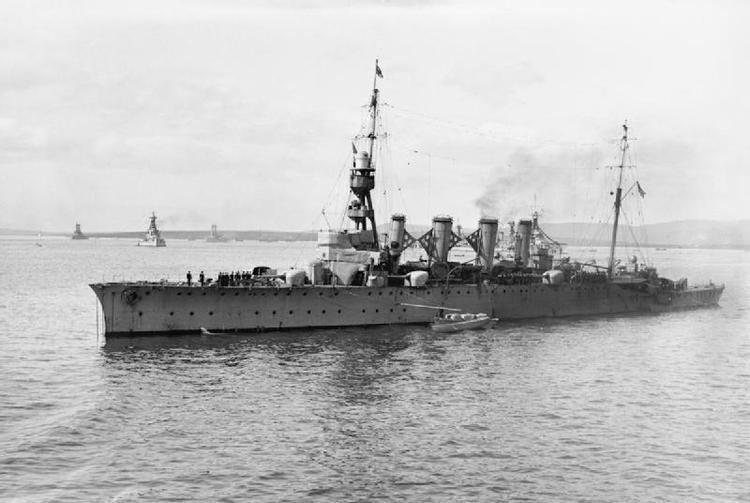 | ||
Ordered under 1911 Naval Estimates Fate Sold for scrapping February 1931 | ||
HMS Birmingham was lead ship of the Birmingham group of three ships of the Town-class of light cruisers built by the Royal Navy. Her sister ships were Lowestoft and Nottingham. The three ships were virtually identical to the third group of Town-class ships, but with an additional 6 in (150 mm) gun worked in on the forecastle.

History
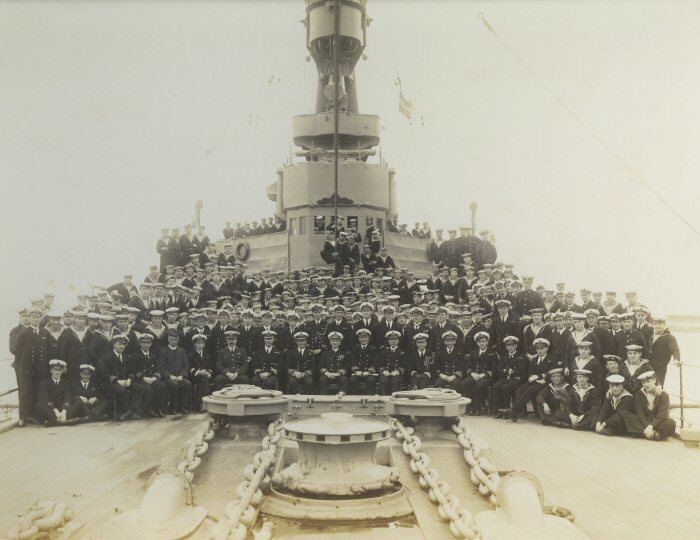
Birmingham, a two-screw ship, was built at Elswick, launched on 7 May 1913 and completed in January 1914. She joined the 1st Light Cruiser Squadron of the Grand Fleet in 1914, visiting Kiel in June that year.
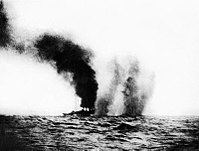
On 9 August 1914, she spotted the German submarine U-15, whose engines had failed as she lay stopped on the surface in heavy fog, off Fair Isle. The crew of Birmingham could hear hammering from inside the boat from attempted repairs, and so fired on her but missed. As the U-boat began to dive, she rammed her, cutting her in two. U-15 went down with all hands, the first U-boat loss to an enemy warship.[1] Birmingham also sank two German merchant ships that year and took part in the Battle of Heligoland on the 28 August, and the Battle of Dogger Bank in January 1915.
In February, she joined the 2nd Light Cruiser Squadron, attacking a u-boat on 18 June 1915 without success.
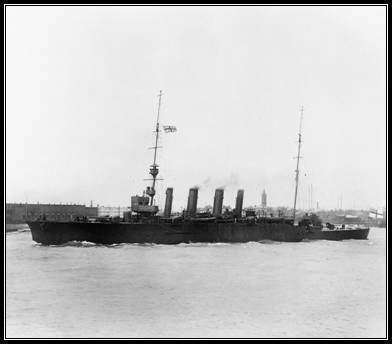
She also took part in the Battle of Jutland as a member of the 2nd Light Cruiser Squadron, during which she sustained damage caused by splintering during the night of the battle.
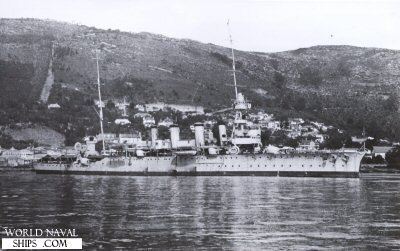
After the First World War, she was flagship to the 6th Light Cruiser Squadron in 1919-1920, after which she was transferred to the Nore from 1920-1922. Considered (with two other two shaft 'Towns') for conversion to a minelayer, but the idea was not pursued. She was recommissioned in November 1923 to the Africa Station with the 6th Light Cruiser Squadron as Flagship, relieving Lowestoft. She then continued to serve in foreign stations until being sold in 1931. She arrived at the yards of Thos W Ward, of Pembroke Dock on 12 March that year to be broken up.
